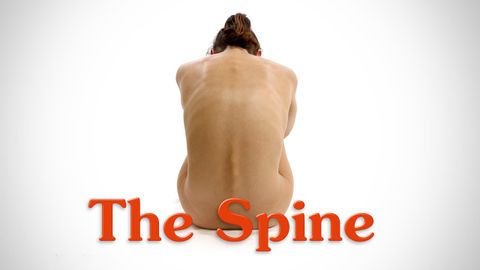
Subtitles & vocabulary
Anatomy of the Spine - for Artists
00
vulvul posted on 2015/09/27Save
Video vocabulary
draw
US /drɔ/
・
UK /drɔ:/
- Transitive Verb
- To attract attention to someone or something
- To influence a person's involvement in something
- Noun (Countable/Uncountable)
- Something that attracts people to visit a place
- A lottery or prize
A1TOEIC
More body
US /ˈbɑdi/
・
UK /ˈbɒd.i/
- Noun (Countable/Uncountable)
- An object distinct from other objects
- A group of people involved in an activity together
A1
More head
US /hɛd/
・
UK /hed/
- Verb (Transitive/Intransitive)
- To hit a ball with your head in a game
- To be first or at the front or top (e.g. a list)
- Countable Noun
- Counter for the number of cattle
- Leader or person with the greatest authority
A1TOEIC
More Use Energy
Unlock All Vocabulary
Unlock pronunciation, explanations, and filters
